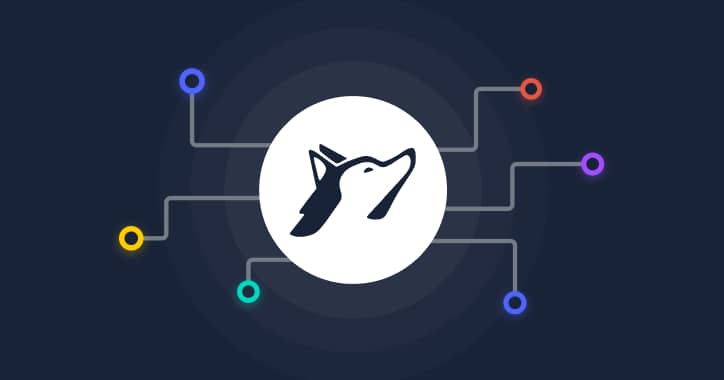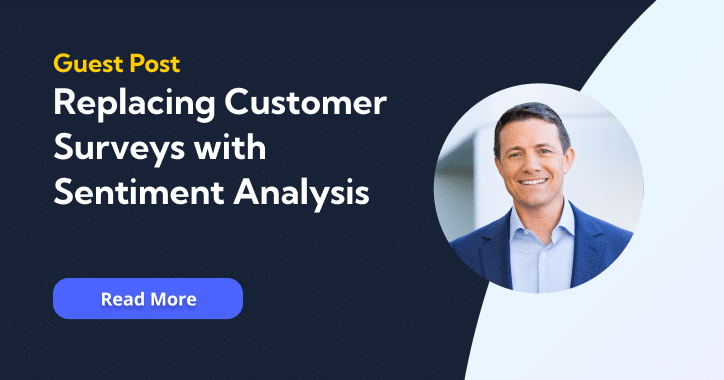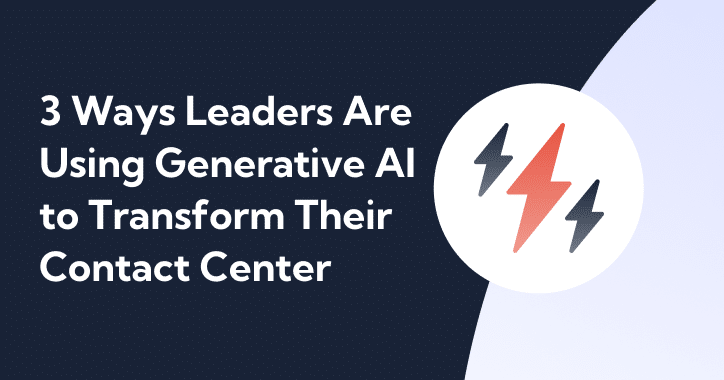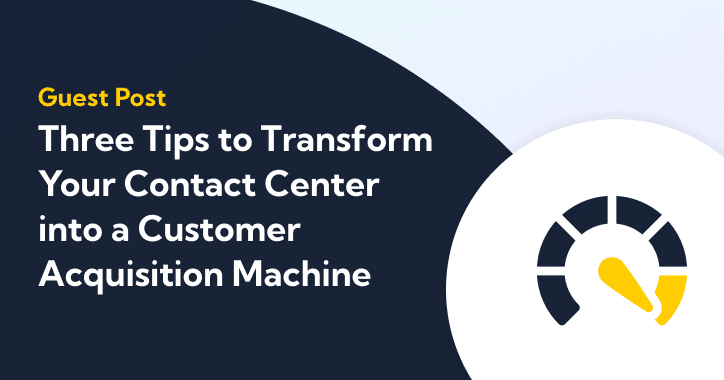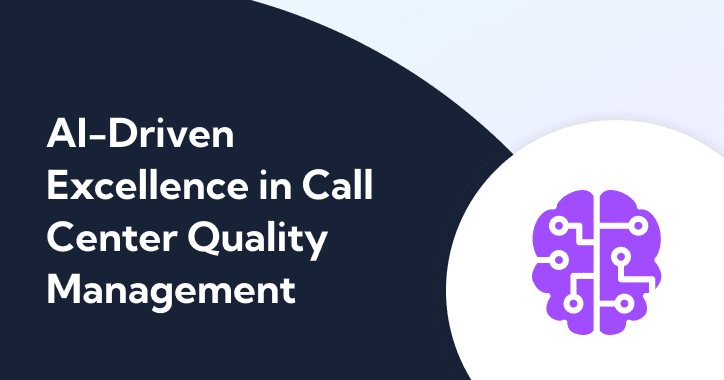Every year, it seems like customer expectations increase and tolerance levels decrease.
According to a study by PWC, eight in ten customers say contact center agents have the biggest impact on customer experience. So, how your agents handle contacts is often the barometer by which your organization is judged.
As companies look to improve the customer experience, the two most popular solutions for enhancing workforce performance in contact centers are agent assist and real-time guidance. However, there are key differences that you should know.
How Humans and Agent Assist Work Together in the Contact Center
Agents are an essential piece of the contact center puzzle. Though some companies automate customer interactions, over 70% of consumers are either frustrated or angry when they can’t speak to a human.
This being the case, people aren’t about to disappear from contact centers. But even stellar agents need support to perform their best.
Imagine you’re given a goal: to reach the other side of an unfamiliar town within an hour. You could probably make it happen on foot, but a vehicle and a map would make it a lot easier.
The same concept applies to contact center agents. They know their goal and they can navigate calls without help, but useful information and support make the experience more seamless. That’s the role of agent assist — to supply agents with what they need so it takes less effort to deliver better customer experiences.
The Challenges with Agent Assist & Agent Augmentation
First, what is agent assist? It’s software that provides information to contact center agents during customer interactions. It listens for key phrases and provides information from a company’s knowledge base to assist agents in handling customer calls. This can be helpful, but it doesn’t capture the whole picture.
The primary challenge of many agent assist solutions is that they don’t meet agents where they are. Though certain agent assist solutions provide ostensibly helpful information to contact center agents, they don’t really consider how agents should put the content into practice.
Again, imagine you need to make it across town within an hour. This time, imagine you’re given a car, a bicycle, a map, and a new pair of running shoes. But you’re not familiar with the area, so you don’t know which route to take or which mode of transportation to choose. You know your goal, and you have the tools to achieve it, but you still don’t know how best to go about it.
Too often, agents are left in a similar position. Many agent assist products are almost entirely a voice-activated database search. Speech-to-text technology turns voice into keywords, then searches against a database for information with matching keywords.
With these products, somebody says “pricing” and a pricing PDF pops up. Agent assist solutions supply information, but they don’t tell agents how to use that information. Basically, agents are left with all the tools for success but no instructions on how to wield them.
What Is Real-time Guidance?
Real-time guidance is the next evolution of agent assist. It goes beyond matching information from databases and uses AI to guide agents throughout conversations.
Guidance implies leadership and proactivity — guiding an agent through a challenge takes active effort. Assist doesn’t have the same implication. Assist is subordinate; it’s an auxiliary function that depends on someone else taking action. Guidance considers the goal, the tools at hand, and shows how best to achieve it. Like a local guide who tells you the fastest way across town at this time of day is by taking a little-known bike path, guidance answers the question of how.
How is Agent Assist Different From Real-Time Guidance?
Conversation Analysis
Most agent assist tools provide prompts using some form of event analysis such as keywords. For, example an agent assist tool might hear a product name during a conversation and trigger a popup so the agent remembers to attempt an upsell. It is dependent on keyword matches and existing resources to help agents. If a keyword isn’t in a knowledge base, it doesn’t register.
In other words, agent assist is listening for a predetermined event and then providing product information or a recommendation. This means agents might have to read through the information to find the right guidance while trying to stay engaged with active listening.
Real-time guidance doesn’t require specific keyword matches. It analyzes the full context of the conversation to provide agents with guidance even before keywords are used. Using AI, deep learning, and sophisticated logic, real-time guidance discerns intent. It surfaces next-step guidance in contextually relevant prompts in a clear and easy-to-understand way.
Information vs. Guidance
Team members using agent assistant have to read through knowledge base results that may or may not be relevant to the conversation. This can take away from active listening and interrupt the natural conversation flow. This produces more dead air, leads to a poor customer experience, and increases average handle time (AHT).
Besides providing guidance in real-time, it also includes an on-screen checklist to remind agents about things they need to discuss throughout the call. As agents use these prompts, they check off automatically without requiring manual action. This ensures agents hit the right notes without having to take any additional action.
Real-time guidance also excels in those make-or-break moments by activating playbooks for the best discovery questions and rebuttals at the exact right time.
Win-Rate Analysis
Another significant difference with real-time guidance is that you get more than just information presented to agents. Real-time guidance is always testing different variations of customer communications to gauge effectiveness. This provides continuous improvement to surface best-case agent prompts.
The win-rate analysis occurs in real-time, comparing the effectiveness of phrases across agents, including things like rebuttals, de-escalation statements, and product positions. As more data is gathered, real-time guidance automatically shows agents the winning phrases that lead to more successful outcomes. This allows you to continuously test questions, phrasing, and words to refine your playbooks for peak performance.
At the same time, supervisors see the data so they can more effectively coach agents and see what call tracks are working best.
While real-time guidance uses AI learning to assess agent interactions and automatically improve recommendations and performance, any improvements to agent assist require manual adjustments.
Post-Call vs. Real-Time
Some agent assist tools provide a means for post-call analytics by gathering details from conversations that can be tagged for review. That can be helpful data to make adjustments or for coaching, but it’s not helpful to agents in the middle of a call.
For example, post-call analytics may be able to tell you customer sentiment or mistakes, but only after the fact. Real-time guidance, on the other hand, allows call center managers to monitor conversations while they are ongoing and provide real-time alerts when things are going off course. This lets managers step in when necessary, without having to wait for an escalation, and provide real-time assistance or on-the-spot coaching when calls end.
Agents know they aren’t alone on a call. Real-time guidance listens to conversations and provides agent-facing information to get calls back on track to prevent things from going in the wrong direction.
Not only does real-time guidance score 100% of calls, it does it in real-time so managers can view leaderboards at a glance and share scoring data with agents in a single click.
How These Differences Impact Contact Center Results
The differences between agent assist and real-time guidance impact agents and managers in tangible ways that can drastic business consequences. While seemingly a helpful tool on the surface, agent assist isn’t as successful compared to real-time guidance.
Conversion Rates
Customers using Balto’s Real-Time Guidance solution, for example, see significant improvements in conversation rates as high as 34%.
Ramp Time
Real-Time Guidance significantly reduces ramp time. Because agents get real-time guidance for everything they encounter during a contact, less upfront training is required. Agents get prompts to direct them rather than information they need to sort through. This improves confidence. Balto clients have seen ramp time reduced by 50% and a 47X higher close rate among new hires.
Customer Satisfaction
When you can handle calls faster and more efficiently, you’ll provide a better overall customer experience. Real-Time Guidance has been shown to improve CSAT scores by 25% while lowering AHT by up to 53 seconds.
Agent Satisfaction
With high levels of turnover in contact centers, keeping agents happy is important for retention. Real-time guidance gives them the confidence they need to handle calls efficiently. They won’t have to search for the right thing to say or the information they need at the moment it matters most. This reduces agent frustration and can help with agent retention.
Learn More About Real-Time Guidance
To learn more about how Balto Real-Time Guidance can improve your contact center efficiency and win rates, contact Balto today to schedule a demo.
Scale Excellent Conversations with Real-Time Guidance
See immediate results with lightning-fast installation and onboarding.

